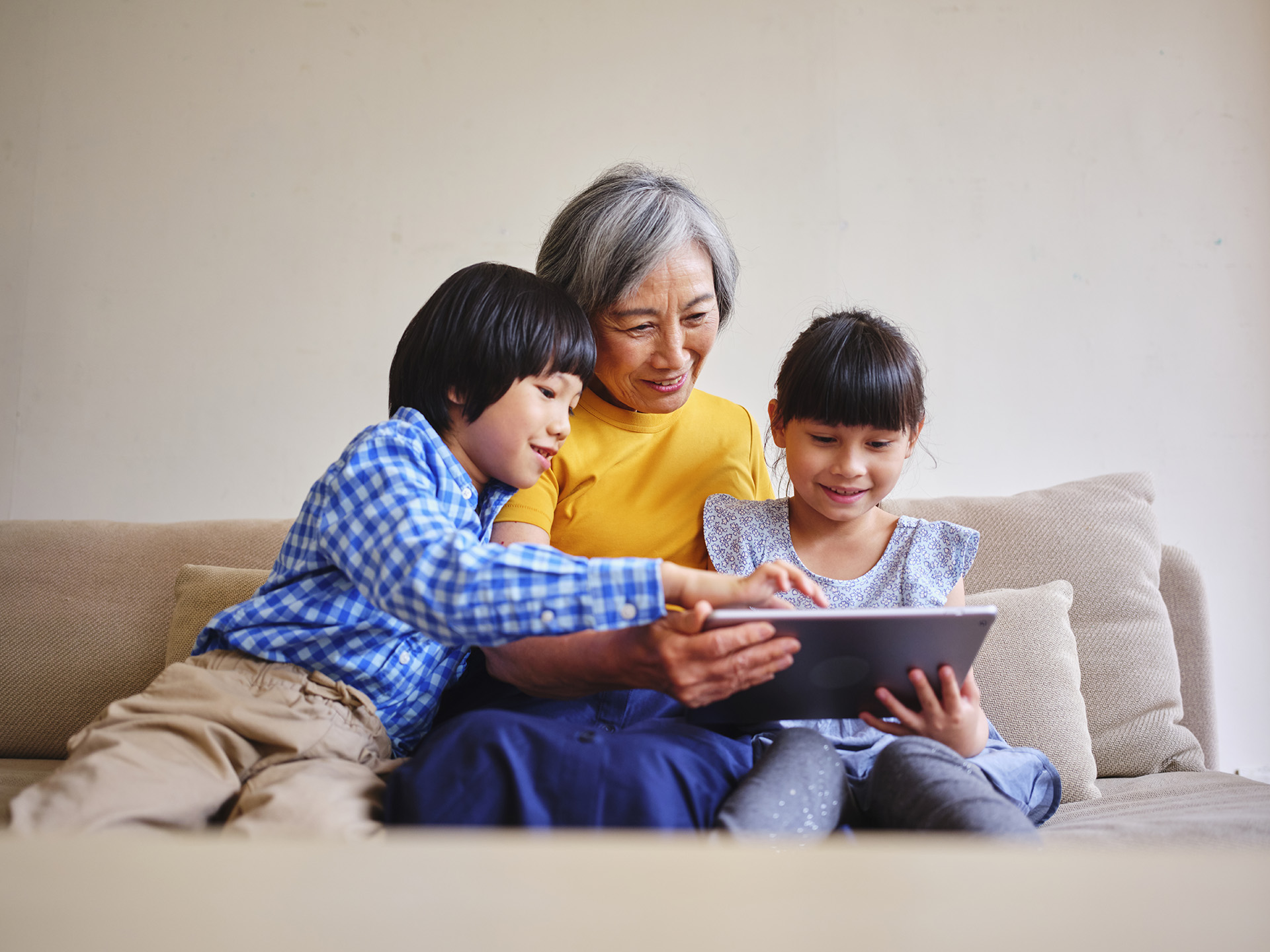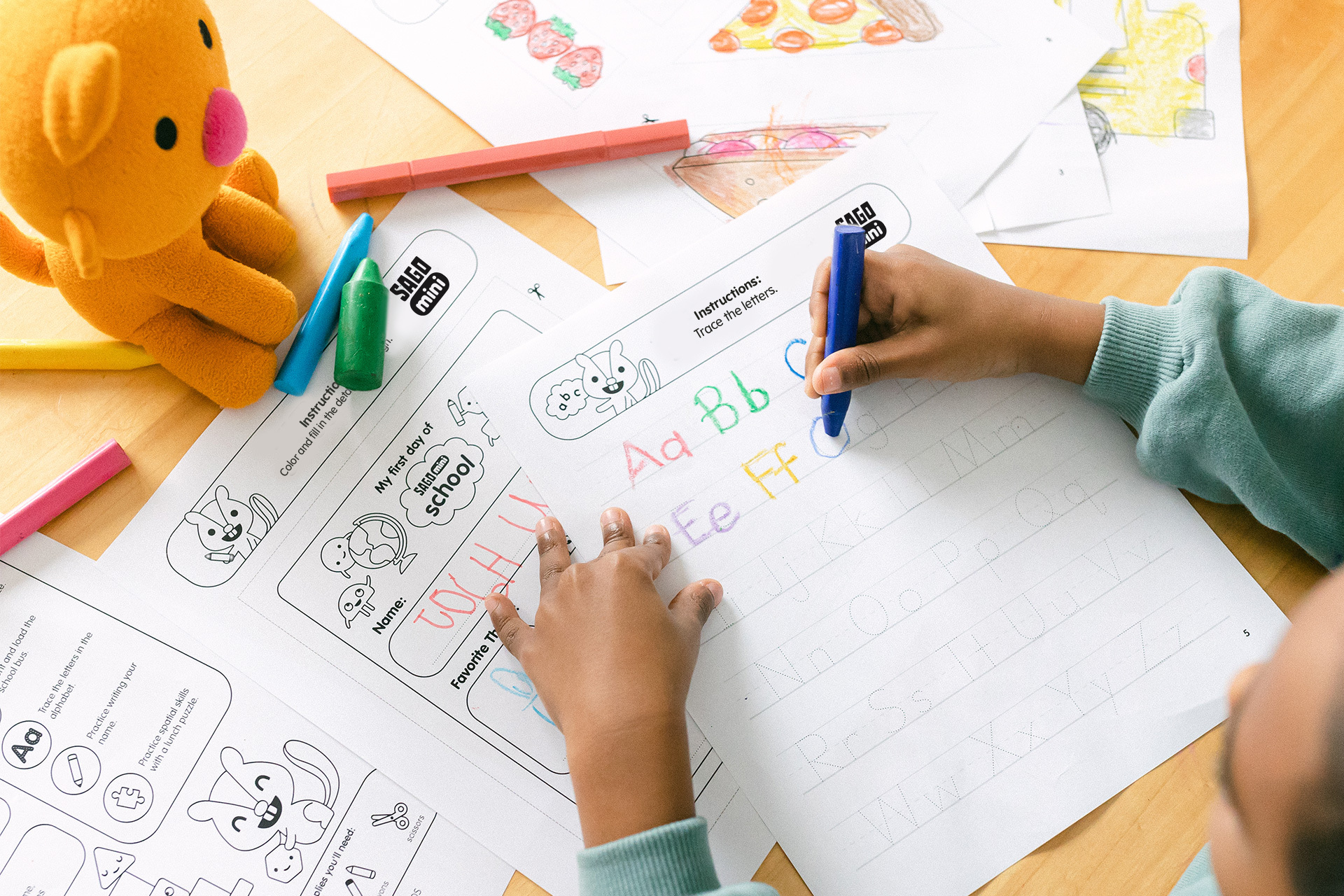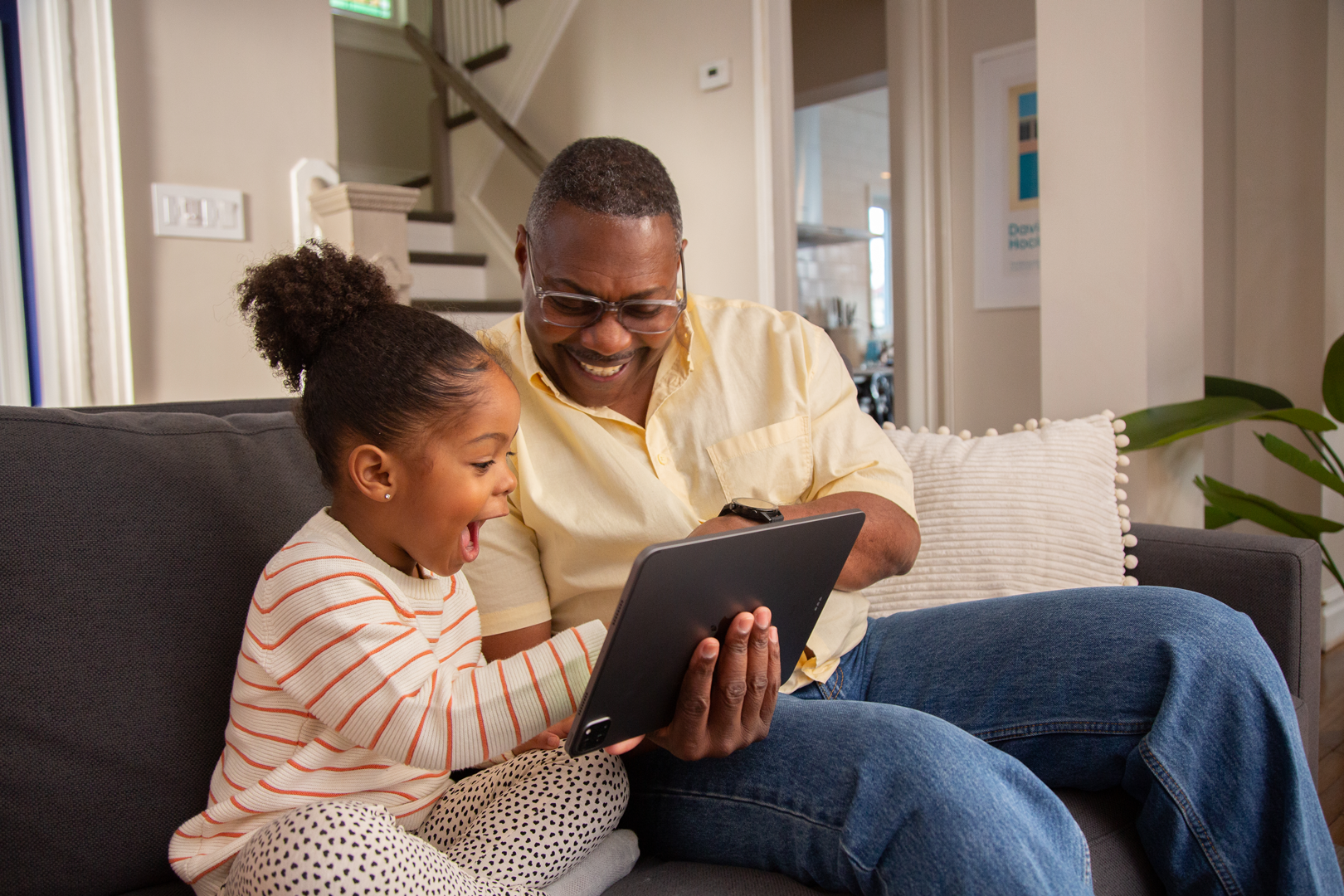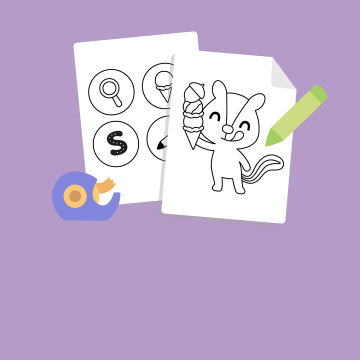- Best of Both Worlds: Introducing fluid play for preschoolers

Any parent who’s tried to pry a tablet out of their preschooler’s paws come suppertime understands the pull to limit screentime. Born out of the millennial parents’ remembrance of allotted internet time (needing to work around our parents’ phone chats with their Jazzercise pals and older brothers’ gaming), setting strict limits around screentime has been a useful tool to ensure our kids don’t get consumed by the World Wide Attention Vortex.
The difference is, our kids don’t know a world without tablets. This oft-criticized glowing screen is as much a play tool as a coloring book, set of blocks or book on tape was for us. And as modern kids are naturally proficient at task switching, they move between the digital and physical realms seamlessly, as if picking up a new crayon or switching from clay to paper.
Popularly coined in LEGO’s 2018 Play Well report, fluid play — the act of seamlessly moving between the physical and digital realms through play — is here to stay, especially in a post-COVID world where our four-walled dwellings have (temporarily) become our whole worlds, and digital experiences offer a way out.
Are there benefits to fluid play?
As it turns out, pairing physical play with digital play is a great way to prevent the “dreaded” tablet zone-out. When the tablet is used as a tool, and given equal weight as a paintbrush, notebook or a stack of blocks, it loses some of its mysticism and pull, becoming just one part of the learning-through-play pie. “Children are adept at moving seamlessly between play environments,” shares Dr. Laura Zimmermann, a child development and media researcher.
LEGO’s Play Well report bodes well, too. Their research states that there are “early signs that [digital and fluid play] have a positive impact on child development, learning and creativity.”
"As parents rediscover their own playful natures and embrace these new forms of play, they are allowing more quality, shared moments to happen with their children. Fluid play can be seen as simply the next chapter in the evolving story of family play"
- Lego Play Well report
Create a fluid play environment at home
“Fluid play is the perfect type of approach to playing during COVID and beyond,” shares Dr. Zimmermann. “Parents can select apps and other screen media that facilitate engagement and active learning.”
Here are a few first steps to encouraging this fluid play at home:
Create a playspace The ideal fluid play playspace has all the tools readily at hand, so kids can move effortlessly between physical and digital tools. Place art supplies, blocks, playsets and books beside the tablet on equal footing, giving your child the opportunity to choose the tool that suits their current purpose — be it storytelling, building or exploring.
Create a prompt “Children are more engaged when there is a story or learning goal,” explains Dr. Zimmermann. Consider creating a scenario or prompt for your little ones to build on, using both their digital and physical tools. Don’t forget to ask open-ended questions as you play to keep them engaged!
A few fun suggestions to get you started:
- 01Digital Detective: Someone’s stolen a block of cheese from the fridge, and your junior detective’s on the case! Set up clues for them to photograph and catalogue around the house with their trusty tablet.
- 02Internet Explorer: Spin the globe (digitally or IRL), and see where you land! You can research photos and facts about the location online, and pretend that you’re taking a trip there. Ask your child what they’d pack (Is it a warm or cool location? What activities will you do there?) and have them sketch it out on a digital sketchpad before packing a play suitcase with stuff around the house!
- 03Playset Mania: All of Sago Mini’s Playset games in Sago Mini World are built to mimic the real-world playsets we all grew up with — the digital elements are stackable, draggable and interactive so kids can tell their own stories and create their own scenes. Pair Zoo, Big City, Farm or Vacation with a similar physical playset to take the play even further — for example, ask your child to feed the animals in Farm, then see if they can feed their play figurines in the same order!
- Create play patterns Some level of parent involvement is key for successful fluid play, and demonstrating these patterns for them is a great way to kickstart it. “Parents can model new ways to play fluidly, or ask kids to reflect upon what they saw or did while playing,” suggests Dr. Zimmermann. In fact, Zimmermann’s own studies showed promising increases in learning from digital tools when an adult is involved.
Start simply by tracing a shape or simple drawing for them on paper, then asking them to replicate it on a digital sketchpad. Or have them build a shape in Sago Mini School or World, and see if they can replicate it with clay. This will help them make new neural connections, and they’ll be able to better understand that what they see in the physical world can be replicated digitally, and vice versa.
- Create movement “There are ways to encourage kids to be more physically active while still using screens like creating a scavenger hunt around the house where kids take pictures of objects that match a picture, word, or a certain category.” shares Dr. Zimmermann. AR-enabled apps and digital toys are also great for getting kids moving, and a seamless way to encourage fluid play. Looking for something a bit more lo-fi? Take a nature walk and snap photos of items you find on your walk. Once you’re home, help your adventurers catalogue their findings in a digital notebook.

A play itinerary that involves fluidity: digital play, physical play and play that includes both, seems to be the way forward. The escapism and endless creative opportunities found in digital toys provide an ease of play that can be hard to find in an overly-scheduled, increasingly-pressurized world. And the freedom, physicality and mind-to-muscle connections developed in real-world play can’t necessarily be duplicated in digital toys, as engaging as they may be. A world that allows both to work seamlessly in tandem, as kids naturally know how to do, removes endless barriers between the spark of an idea and boundless creativity. Just as it should be.
Dr. Laura Zimmermann is the President of . As child development and media researcher she investigates the development of early STEM skills and children’s learning from media. Learn more about her work .


